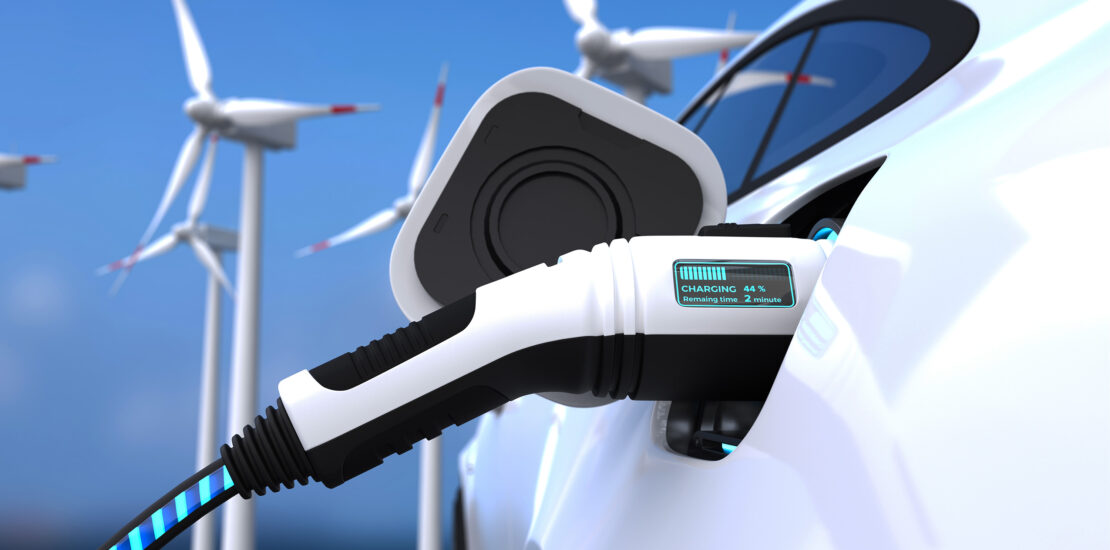- February 20, 2024
- Posted by: Dordea Paul
- Categories: Automotive, International

The Battery Electric Vehicle (BEV) component supply sector indicates that, in recent months, parts volume orders are often failing to live up to earlier-stated OEM expectations and, in some cases, production lines are being idled. But is the BEV market really as bad as some of the headlines indicate?
Last year Europe’s Passenger Vehicle (PV) BEV market grew 32% with positive growth in all months apart from December, which was off a very high base in December 2022. The growth achieved was better than many forecasters indicated at the start of last year (and better than in 2022), with some expecting growth to be flat.
BEV sales volume came in at just under 2.1 million units which is half a million more than were sold in 2022. It is clear there has been some recent slowdown in the market, but it depends where you look. Some brands are doing considerably better than others, with the likes of MG and Tesla standing out as strong performers in 2023.
Given that charging infrastructure and BEV versus Internal Combustion Engine (ICE)/hybrid prices are still headwinds, it was to be expected that the levels of growth seen from 2019 to 2021 would ease, not least because the buyers to whom BEVs are most attractive (wealthy, multiple-car households with off-road charging facilities) have been somewhat satisfied. In addition, adoption rates for new technologies will tend to rise and fall over time as the use case for them doesn’t grow uniformly but develops in a series of steps leading ultimately to near-100% penetration.
Equally, the market over the last few years has been demand-driven whereas prior to that point, fleet CO2 targets were a big factor in the high BEV growth rates seen in the chart above. For some OEMs at least, the medium-term plan for BEV build set in late 2022 or early 2023 was over-ambitious, especially given the economic headwinds faced by many consumers which are only reaching the peak of their influence now due to the lagged impact of rising interest rates, and the car replacement cycle.
What about 2024? Well, we don’t expect people in Europe, on the whole, to be feeling much richer than they did in 2023 although inflation continues to decline for most and it seems interest rates have peaked. Car demand overall is predicted to increase only modestly (+3%) but BEV growth has consistently outperformed car market growth for several years and we expect the same in 2024.
Helping this to happen will be downward pressure on average BEV prices. The ingredients are in place for some kind of price war. This won’t be on the brutal scale seen in China where plug-in car prices have, in some cases, been reduced to parity with ICE, but it will help shift BEVs. OEMs have scope to implement targeted downward pricing actions using some of the healthy profits made during the chip crisis.
And battery prices are on a downward trend with battery grade lithium and other critical material prices now being seen as on a better trajectory – fears of lithium shortages have receded. We see OEM flexibility in this area offsetting incentive reduction. Many brands have stated that they will compensate for Germany’s BEV grant deletion, for example.
On top of this, 2024 will see the European introduction of several affordable BEV models in the €20k to €25k bracket, bringing in buyers with lower budgets than the traditional average BEV transaction price of €40k upwards. Hyundai’s Casper model is a good example of this. These more affordable cars will be joined by many other BEV models, increasing choice for buyers. So, we remain cautiously optimistic for 2024, though we do expect lower BEV sales growth than seen in 2023.
source: www.just-auto.com
Leave a Reply
You must be logged in to post a comment.
